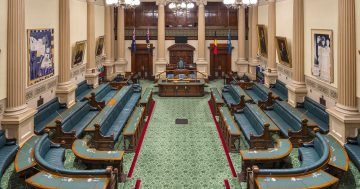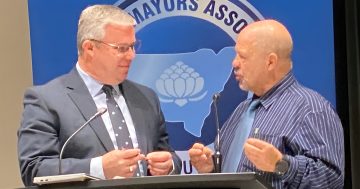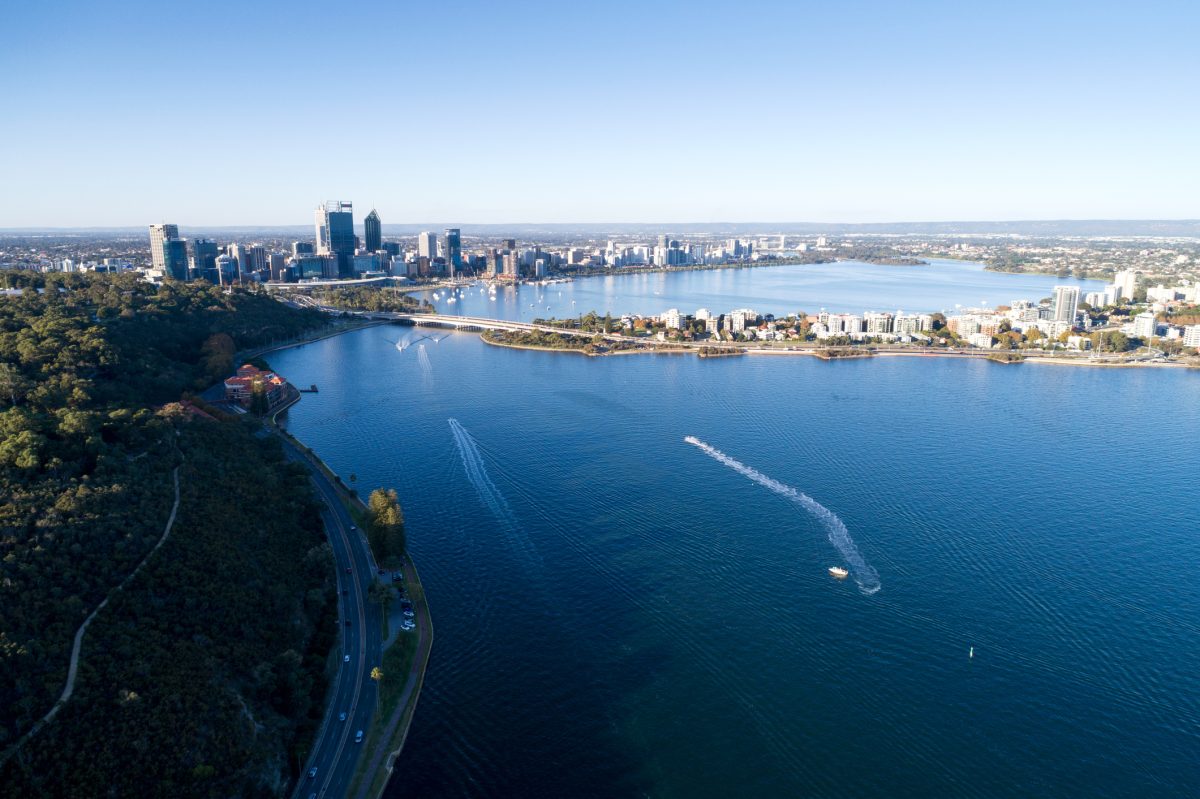
Total public sector net debt ($28.2 billion) was found to be sitting at just 6.4 per cent. As a share of the economy (gross state product), this is almost half that of 2018-19 (12.4 per cent) and the lowest in the country. Photo: Delectus.
Significant operating surpluses and lower net debt have reduced the interest rate risk for Western Australia – making it the only state or territory to keep its triple-A credit rating.
The Wildflower State has come out remarkably strong in its recently released 2023-24 Annual Report on State Finances (ARSF).
Auditor-General Caroline Spencer found no misstatements in the report that details a final operating surplus figure of $4.5 billion, which is $1.3 billion higher than that estimated in the 2024-25 Budget.
This was largely due to higher than expected revenue (up $872 million or 1.9 per cent) from iron ore royalties, transfer duty and sales of goods and services. Expenses were also lower than expected (down $456 million or 1.1 per cent), which the report mainly credits to changes in the timing of expenditure.
WA Treasurer Rita Saffioti noted the government’s record $11.4 billion investment towards infrastructure, which she expects to “continue to support the state’s economic growth and meet the needs of our rapidly growing population”.
“Strong business and government investment, combined with resilient household consumption has made our economy and jobs market the strongest in the country.”
The net worth of WA’s general government sector (the value of total assets minus total liabilities) sits at $170.5 billion – an $18.5 billion increase between 1 July 2023 and 30 June 2024.
According to the report, this $10.9 billion markup from the budget’s estimate is mainly reflected in the “significantly stronger net assets position for the general government sector’s ownership interest in public corporations”.
The value of land, infrastructure and other non-financial assets held by the public non-financial corporations has grown by $6.1 billion. There’s also been an increase in the value of non-financial asset holdings, particularly:
- property, plant and equipment (up $2.9 billion), driven by new infrastructure spending in the general government sector and year-end valuations for existing assets
- and land holdings (up $324 million), mainly related to year-end valuation of land under roads, and land associated with public schools and parks.
Meanwhile the decrease in total liabilities of $237 million has been pegged to:
- lower than expected deposits held on behalf of other sectors (down $1.3 billion)
- higher borrowings (up $440 million), mainly drawn from Main Roads due to the delayed receipt of Commonwealth funding
- increased employee-related liabilities (up $145 million), with a decline in unfunded superannuation (down $190 million) more than offset by increases in other employee benefits (up $335 million), mainly reflecting leave balances accrued by WA Health and the Department of Education
- and a $511 million increase in payables and other liabilities, largely due to the timing of spending obligations that are yet to be paid.
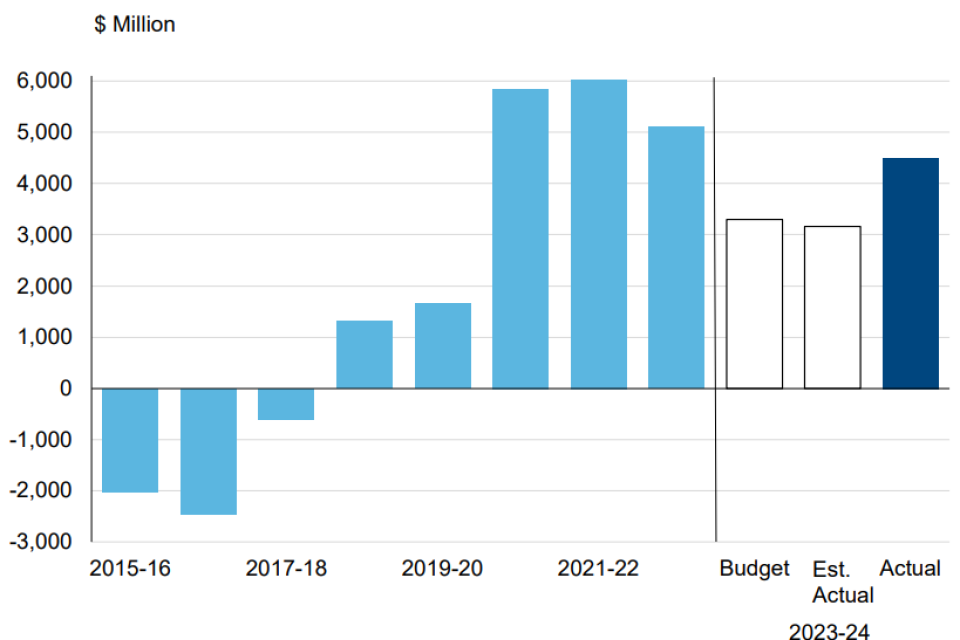
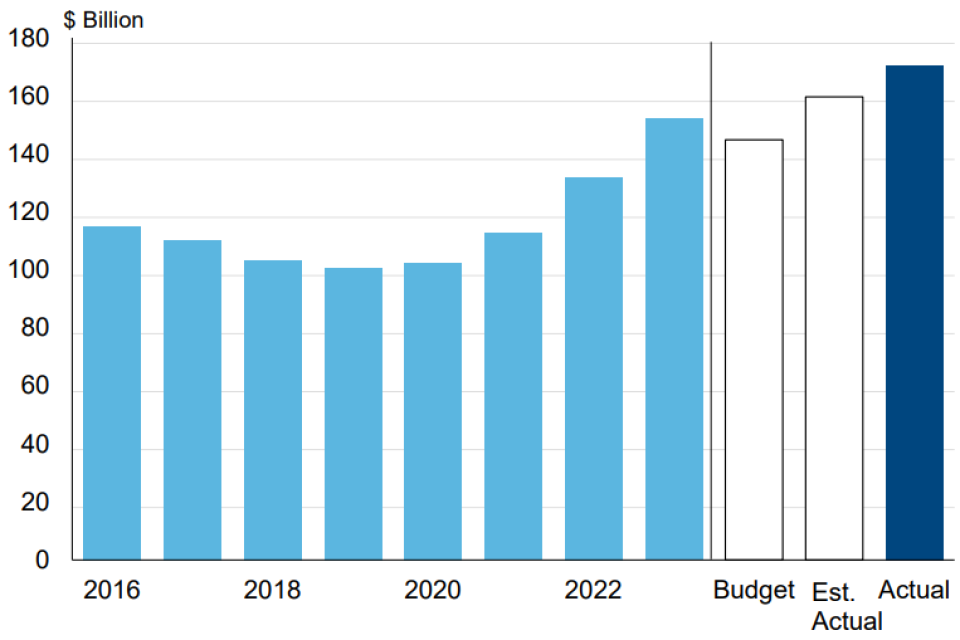
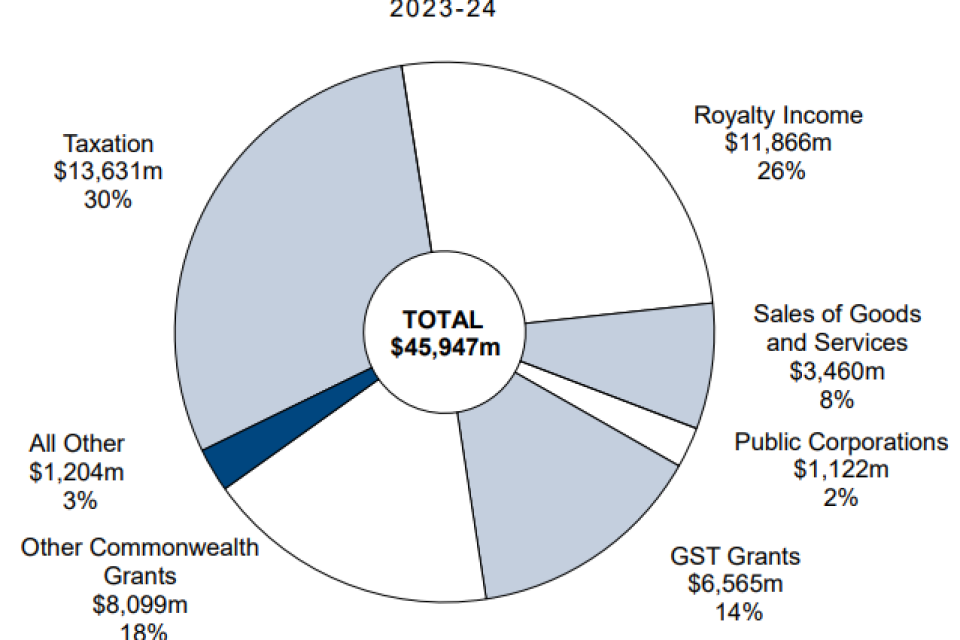
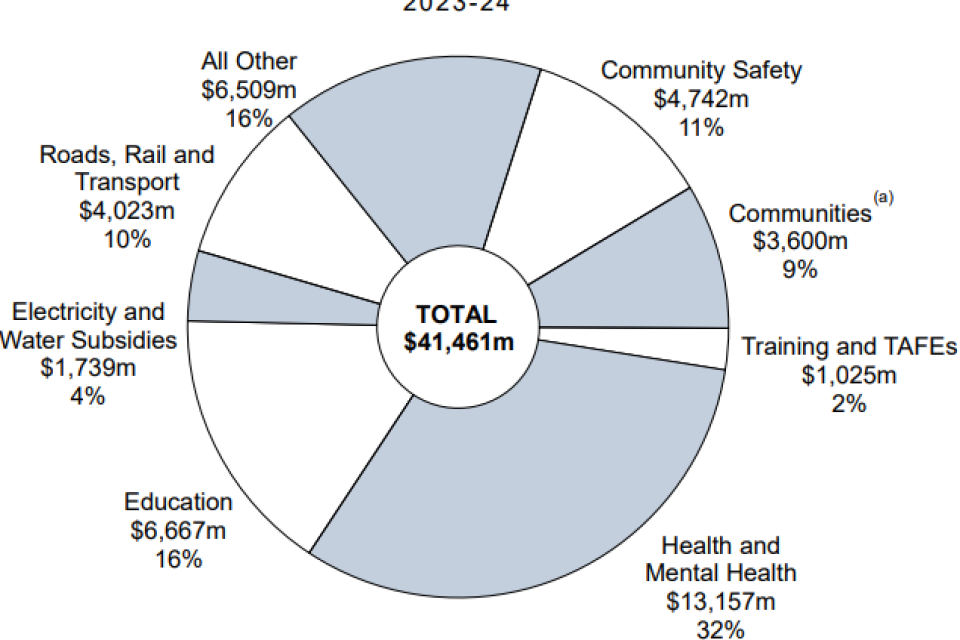
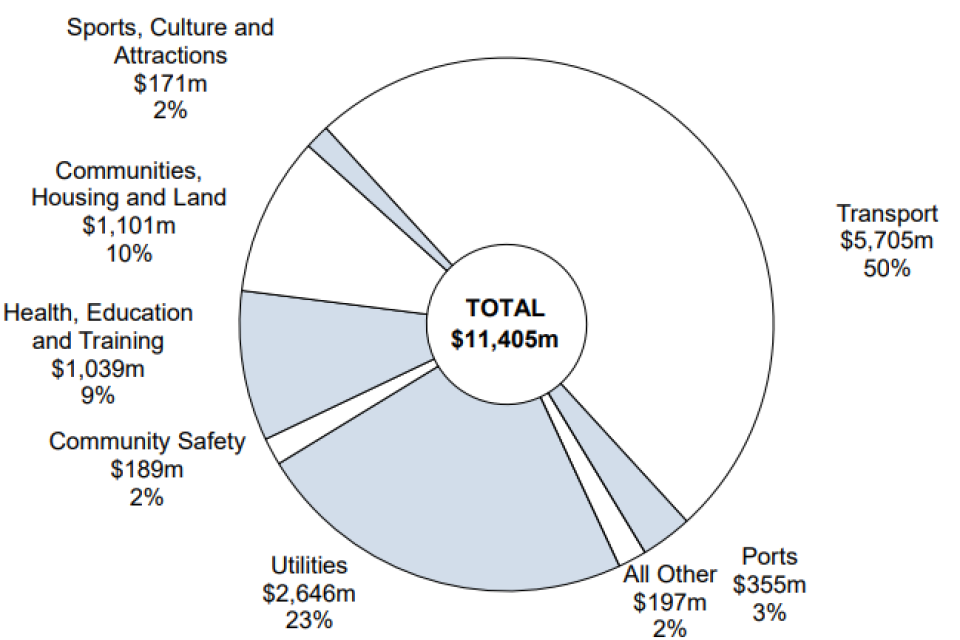
A total public sector operating surplus of $5.9 billion was recorded for the last financial year – $2.5 billion higher than estimated in the recent budget.
This was seen to be as a result of the stronger general government sector and higher operating surpluses for the public non-financial corporations (PNFC) sector (up $949 million) and the public financial corporations (PFC) sector (up $257 million).
Together these operating surpluses make a huge contribution to the WA Asset Investment Program (AIP), which totalled a record $11.4 billion. In comparison with the previous record investment in 2022-23, it is a 23.5 per cent or $2.2 billion increase.
The report claims this is due to the large number of projects now in the delivery phase across road, rail and transport infrastructure, electricity and water assets, health, education, training and other domains.


